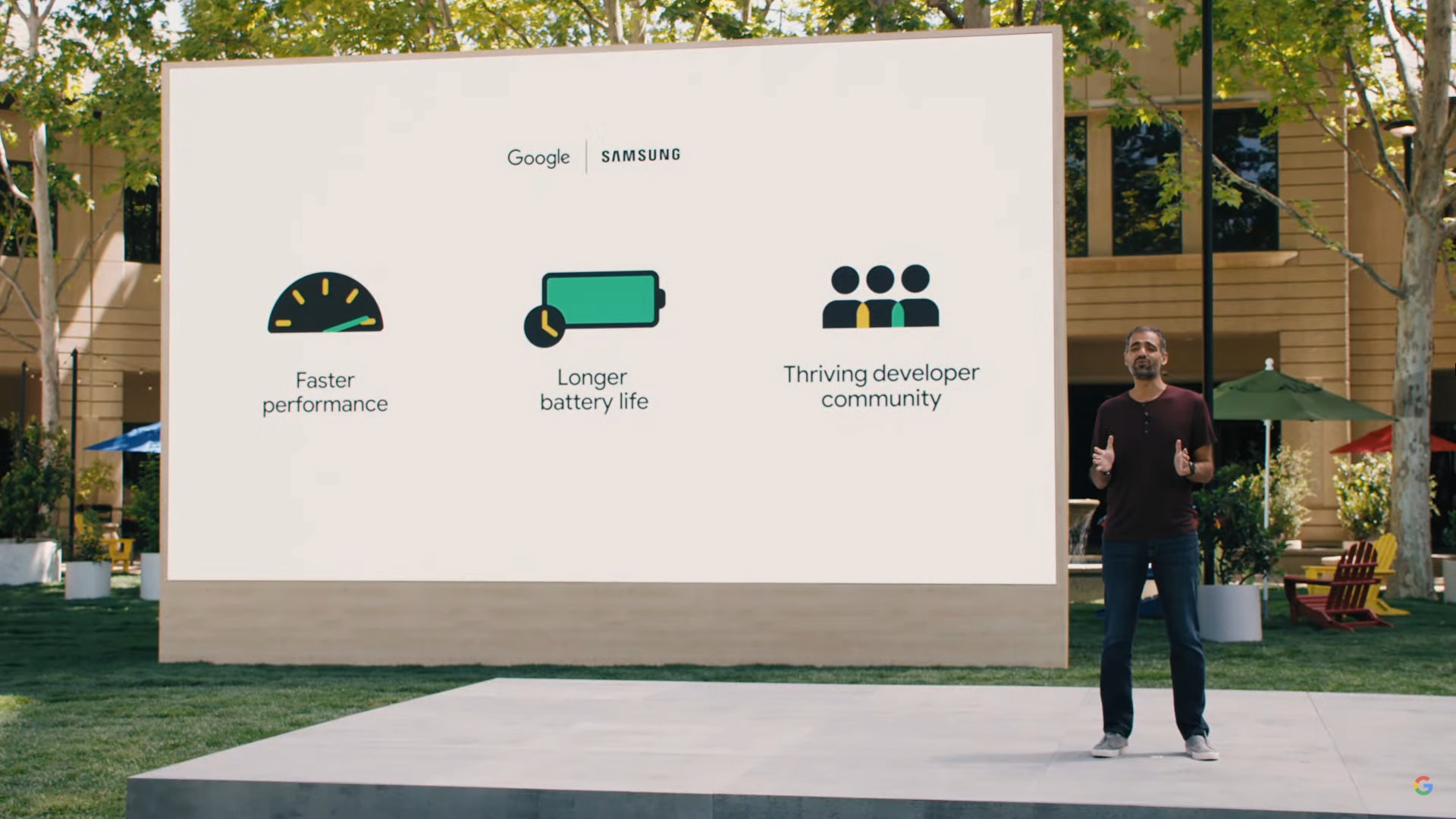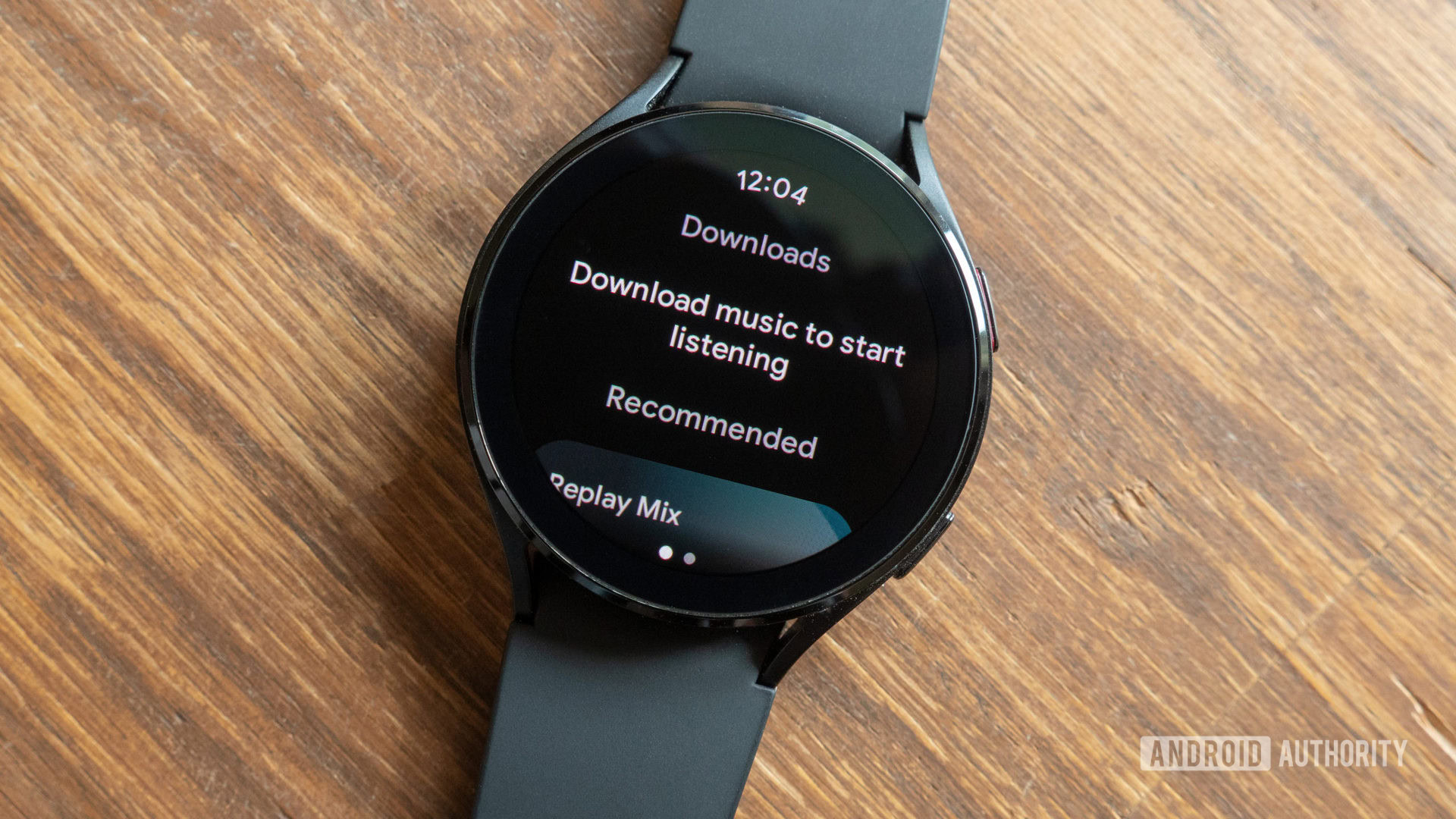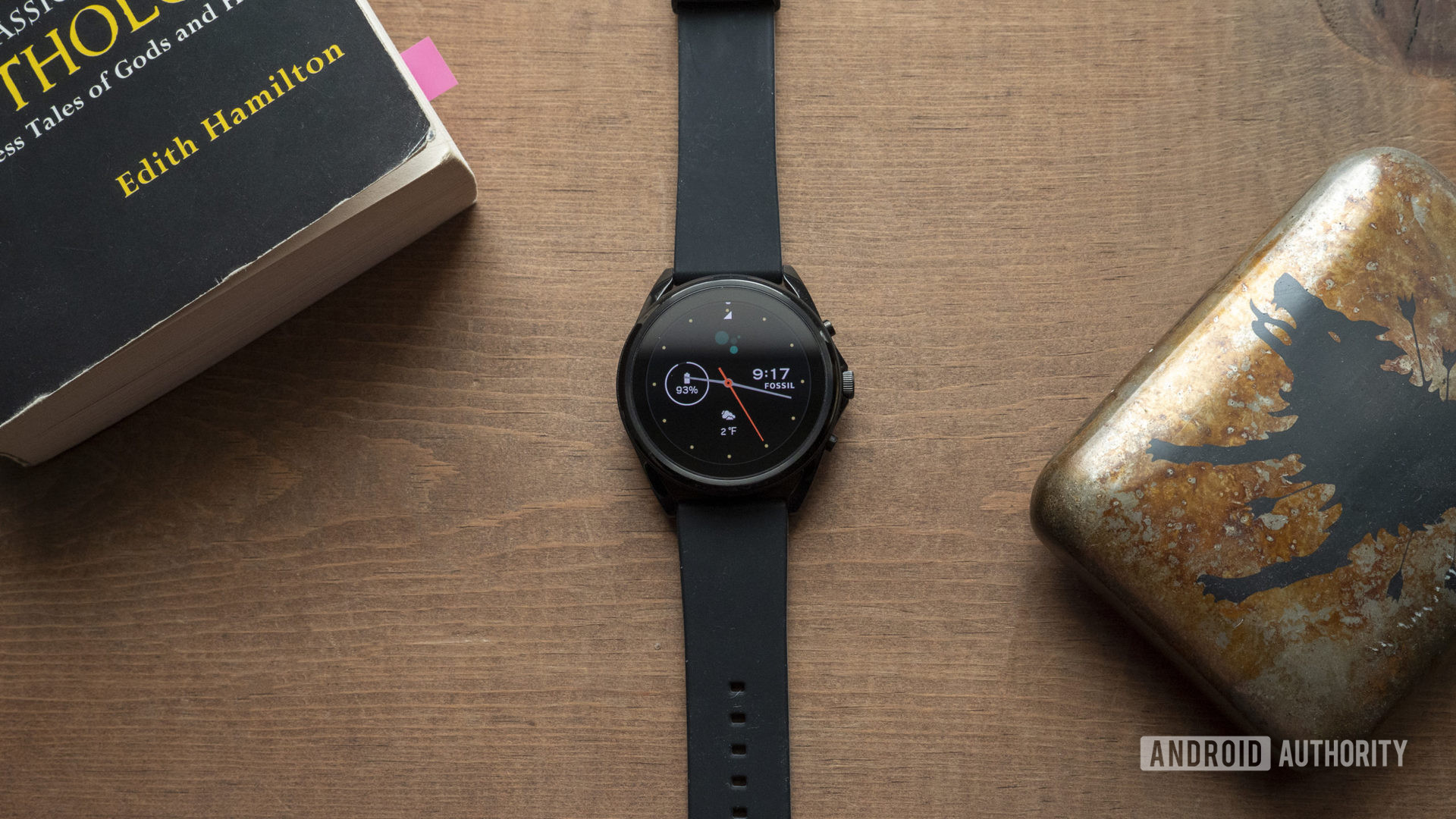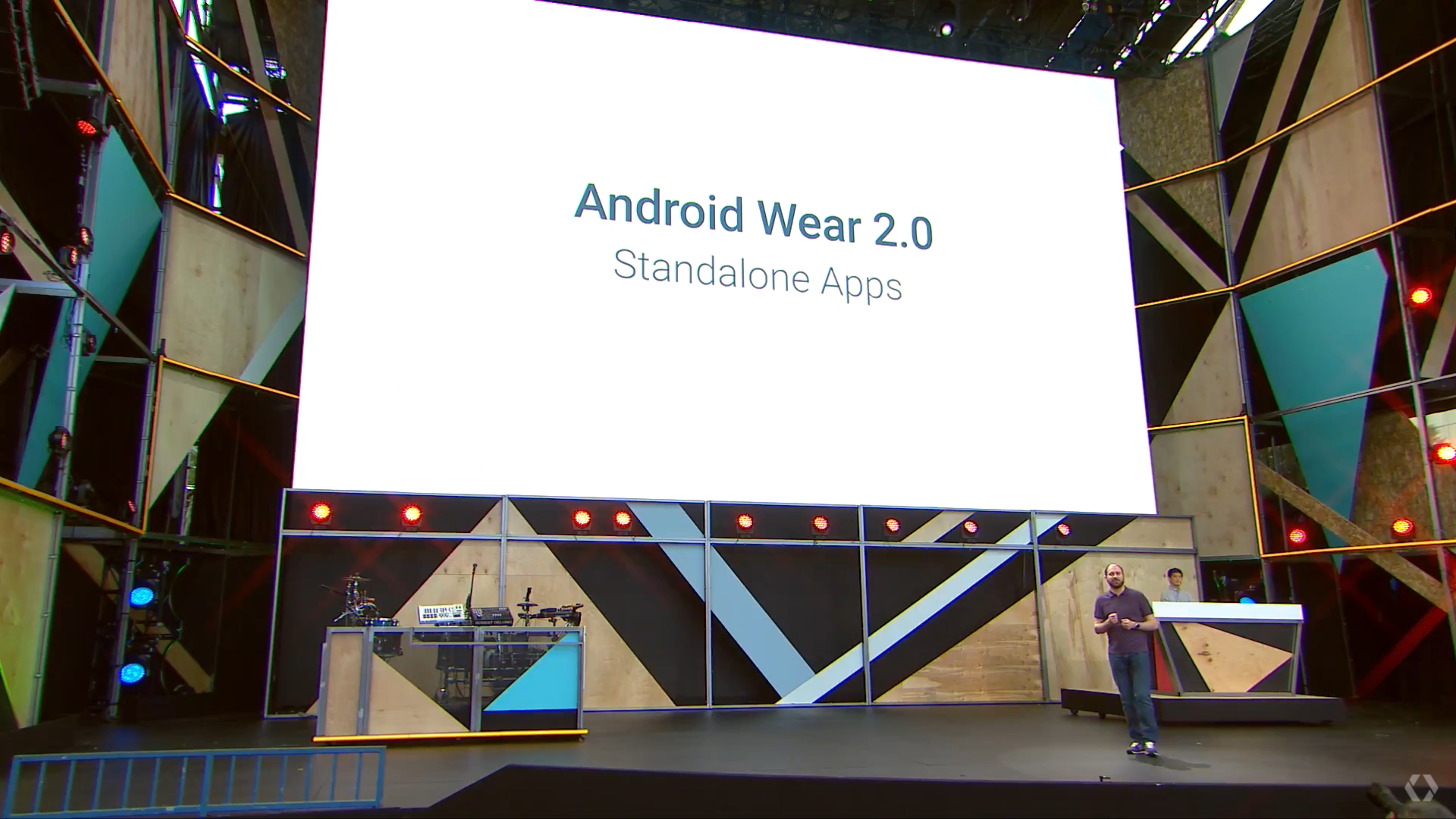Affiliate links on Android Authority may earn us a commission. Learn more.
Buyer beware: Don’t even think about buying a Wear OS 2 smartwatch
Published onSeptember 11, 2021

Google announced the third iteration of its smartwatch operating system, dubbed Wear OS 3, at its I/O keynote in May 2021. We finally got hands-on with it last month with the Samsung Galaxy Watch 4 and weren’t disappointed. It’s not perfect, but Wear OS 3 undoubtedly provides Android users with the richest smartwatch experience to date.
However, if you’re not interested in Samsung’s offerings, you don’t have many other choices right now.
Not only will most existing devices never receive an update to Wear OS 3, we’re also seeing new watches like the Fossil Gen 6 launch with the older Wear OS 2. Needless to say, this has made smartwatch shopping somewhat complicated.
Even if you don’t care about your smartwatch getting the latest updates, you should tread carefully. There are some caveats to consider before you buy a Wear OS 2 device, regardless of any promised updates in tow.
Wear OS 3’s biggest feature: Fragmentation?

Fragmentation was once a contentious subject within the Android smartphone ecosystem. Thankfully, the situation has somewhat improved in recent years. Project Treble — and later Mainline — modularized the operating system. These days, the Play Store delivers many minor updates and security patches.
Google did something similar for wearables with its previous soft reboot of the platform, dubbed Android Wear 2.0. At the time, a senior developer on the Wear OS team said that users wouldn’t have to wait for a full OTA update for incremental fixes and features. In a now-lost Google Plus post, he also stated that Android Wear 2.0 would allow “new features to be delivered through the Play Store.”
Nearly four years later though, Google has done the unthinkable and fragmented its gated smartwatch ecosystem after all.
Wear OS 3 has introduced fragmentation to the Android smartwatch ecosystem.
If you’re in the market for a Wear OS smartwatch this holiday season, you should know that the Galaxy Watch 4 series is the only fully-featured option.
The lucky few smartwatches that include Qualcomm’s Snapdragon Wear 4100 chipset do qualify for Wear OS 3, but will not receive the update until the “mid to second half of 2022.” And even then, Google has warned that “in some limited cases, the user experience may be impacted,” when users opt-in to receive the update.
This problem is exacerbated by the fact that most brands only mention Wear OS on product pages and skip any mention of the exact version. Naturally then, one would assume that they have equal software and app support.
Yet, app support is quickly turning into one of the key divides between Wear OS 2 and 3 watches.
App support on Wear OS is a mess

Shortly after the Galaxy Watch 4 released, Google announced that the YouTube Music app would launch exclusively on Wear OS 3.
This came as a shock, especially since Google Play Music was sunset all the way back in September 2020. Existing subscribers with Wear OS 2 watches have been unable to access their libraries or playlists for the past year. That won’t change in the future either — unless they reach into their pockets for a shiny new Wear OS 3-powered device.
What’s worse is that the YouTube Music app for Wear OS 3 doesn’t even stream music. This means that it has less functionality than the erstwhile Play Music app.
Further adding insult to injury is the fact that Spotify, YouTube Music’s direct competitor, also recently added the ability to download tracks for offline listening on Wear OS. The only difference? Spotify is bringing the feature to both Wear OS 2 and 3.
As a side note, Samsung’s Tizen platform — long berated for its lackluster third-party app support — already offered a Spotify app with the ability to download songs several years ago. Moreover, the functionality is even available on the Gear S3, a watch from 2016.
Read more: The best Wear OS apps for your watch
YouTube Music isn’t the only example. Certain feature updates to Google Maps aren’t coming to Wear OS 2 either. Needless to say, Google partially abandoning support for its own watch platform doesn’t bode well for the future. We’re already witnessing an exodus of third-party app developers from Wear OS 2.
Google is doing very little to keep Wear OS 2 alive.
Strava was the first notable app to call quits on Wear OS 2 development, choosing instead to focus solely on the next generation. The Telegram app also disappeared shortly after, although its developers haven’t committed to a Wear OS 3 app.
Is Google picking favorites?

Dwindling app support wouldn’t be so bad if the vast majority of Wear OS devices received an update at some point. That’s not happening, though.
Even some 2021 watches like the Casio GSW-H1000 aren’t eligible, let alone watches from 2019 or 2020 like the Suunto 7. And remember, these are expensive devices we’re talking about, with the former still retailing around the $500 price point today. You’d expect full support to last for a few years at the very least.
Of course, it’s not Google’s fault that these devices don’t meet the performance standards necessary for Wear OS 3. For its part, Google claims that a lot has changed between the two OS releases, including some brand new APIs. And of course, Wear OS 3’s Tizen underpinnings from Samsung could likely make cross-development challenging as well.
But unless Google maintains app support for Wear OS 2, which it isn’t doing very well already, older watches will end up obsolete far sooner than expected. And given Wear OS’ already low market share, one could argue that the search giant absolutely needs its user base to stay loyal.
The whole situation reeks of miscommunication and a disregard for existing Wear OS users. Perhaps as part of a behind closed doors deal as part of the OS development partnership with Google, Samsung now enjoys a year-long early mover advantage in the Wear OS 3 ecosystem. And OEMs that have shipped Wear OS devices for half a decade seem as helpless as their customers about the update timeline.
Samsung now enjoys a year-long early mover advantage with Wear OS 3.
When Android Authority reached out to Fossil for comment on whether their latest Gen 6 smartwatch would work with iOS after the Wear OS 3 update, the company said, “these specifics have not yet been finalized by Google or shared with us.”
It seems like Wear OS 3 is still a work in progress, despite what Google would want us to believe.
Once bitten, twice shy: How many reboots are too many?

As mentioned previously, this is not the first time that Google has attempted a soft reboot of Wear OS. In 2017, nearly all existing devices were eligible for the Android Wear 2.0 update. However, the rollout still took anywhere between several months and a year, especially for some unlucky devices. You’d think Google had learned its lesson back then, but that clearly doesn’t appear to be the case.
Much like the smartphone industry, Google’s largest competitor in the smartwatch space is Apple. And you can probably guess which company has a better track record with software updates. The Apple Watch Series 3, released in 2017, will receive this year’s WatchOS 8.
Knowing all of this, why should anyone trust Google to keep Wear OS 3 watches up-to-date for years to come? After all, we’re seeing the same pattern play out again with YouTube Music releasing in a half-baked state and Google Assistant conspicuously missing at launch.
Read more: Apple Watch buyer’s guide
Will Google improve the pace of Wear OS development now, unlike the neglect we’ve seen in recent years? Furthermore, if another major Wear OS overhaul landed in a few years’ time, would existing users be expected to upgrade their hardware yet again?
Google has made a big deal about how Wear OS 3 is a “unified platform.” But if that unity only extends to Samsung, it could very well end up burning bridges with everyone else.
So what should you do if you’re in the market for a wearable device?
Well, if Wear OS is important to you, the best option is unsurprisingly the Galaxy Watch 4. Failing that, the aforementioned Fossil Gen 6 or Ticwatch Pro 3 are your only worthwhile options — provided you’re patient and willing to put up with potential early adopter issues.
Alternatively, maybe consider waiting to see how Google holds up its commitment to Wear OS 3. In the meantime, check out our roundup of the best smartwatches you can buy in 2021.